Solar System 10 Things To Know: Planetary Atmospheres
Solar System 10 Things to Know: Planetary Atmospheres
Every time you take a breath of fresh air, it’s easy to forget you can safely do so because of Earth’s atmosphere. Life on Earth could not exist without that protective cover that keeps us warm, allows us to breathe and protects us from harmful radiation—among other things.
What makes Earth’s atmosphere special, and how do other planets’ atmospheres compare? Here are 10 tidbits:
1. On Earth, we live in the troposphere, the closest atmospheric layer to Earth’s surface. “Tropos” means “change,” and the name reflects our constantly changing weather and mixture of gases.

It’s 5 to 9 miles (8 to 14 kilometers) thick, depending on where you are on Earth, and it’s the densest layer of atmosphere. When we breathe, we’re taking in an air mixture of about 78 percent nitrogen, 21 percent oxygen and 1 percent argon, water vapor and carbon dioxide. More on Earth’s atmosphere›

2. Mars has a very thin atmosphere, nearly all carbon dioxide. Because of the Red Planet’s low atmospheric pressure, and with little methane or water vapor to reinforce the weak greenhouse effect (warming that results when the atmosphere traps heat radiating from the planet toward space), Mars’ surface remains quite cold, the average surface temperature being about -82 degrees Fahrenheit (minus 63 degrees Celsius). More on the greenhouse effect›

3. Venus’ atmosphere, like Mars’, is nearly all carbon dioxide. However, Venus has about 154,000 times more carbon dioxide in its atmosphere than Earth (and about 19,000 times more than Mars does), producing a runaway greenhouse effect and a surface temperature hot enough to melt lead. A runaway greenhouse effect is when a planet’s atmosphere and surface temperature keep increasing until the surface gets so hot that its oceans boil away. More on the greenhouse effect›

4. Jupiter likely has three distinct cloud layers (composed of ammonia, ammonium hydrosulfide and water) in its “skies” that, taken together, span an altitude range of about 44 miles (71 kilometers). The planet’s fast rotation—spinning once every 10 hours—creates strong jet streams, separating its clouds into dark belts and bright zones wrapping around the circumference of the planet. More on Jupiter›

5. Saturn’s atmosphere—where our Cassini spacecraft ended its 13 extraordinary years of exploration of the planet—has a few unusual features. Its winds are among the fastest in the solar system, reaching speeds of 1,118 miles (1,800 kilometers) per hour. Saturn may be the only planet in our solar system with a warm polar vortex (a mass of swirling atmospheric gas around the pole) at both the North and South poles. Also, the vortices have “eye-wall clouds,” making them hurricane-like systems like those on Earth.
Another uniquely striking feature is a hexagon-shaped jet streamencircling the North Pole. In addition, about every 20 to 30 Earth years, Saturn hosts a megastorm (a great storm that can last many months). More on Saturn›

6. Uranus gets its signature blue-green color from the cold methane gas in its atmosphere and a lack of high clouds. The planet’s minimum troposphere temperature is 49 Kelvin (minus 224.2 degrees Celsius), making it even colder than Neptune in some places. Its winds move backward at the equator, blowing against the planet’s rotation. Closer to the poles, winds shift forward and flow with the planet’s rotation. More on Uranus›

7. Neptune is the windiest planet in our solar system. Despite its great distance and low energy input from the Sun, wind speeds at Neptune surpass 1,200 miles per hour (2,000 kilometers per hour), making them three times stronger than Jupiter’s and nine times stronger than Earth’s. Even Earth’s most powerful winds hit only about 250 miles per hour (400 kilometers per hour). Also, Neptune’s atmosphere is blue for the very same reasons as Uranus’ atmosphere. More on Neptune›

8. WASP-39b, a hot, bloated, Saturn-like exoplanet (planet outside of our solar system) some 700 light-years away, apparently has a lot of water in its atmosphere. In fact, scientists estimate that it has about three times as much water as Saturn does. More on this exoplanet›

9. A weather forecast on “hot Jupiters”—blistering, Jupiter-like exoplanets that orbit very close to their stars—might mention cloudy nights and sunny days, with highs of 2,400 degrees Fahrenheit (about 1,300 degrees Celsius, or 1,600 Kelvin). Their cloud composition depends on their temperature, and studies suggest that the clouds are unevenly distributed. More on these exoplanets›

10. 55 Cancri e, a “super Earth” exoplanet (a planet outside of our solar system with a diameter between Earth’s and Neptune’s) that may be covered in lava, likely has an atmosphere containing nitrogen, water and even oxygen–molecules found in our atmosphere–but with much higher temperatures throughout. Orbiting so close to its host star, the planet could not maintain liquid water and likely would not be able to support life. More on this exoplanet›
Read the full version of this week’s Solar System 10 Things to Know HERE.
Make sure to follow us on Tumblr for your regular dose of space: http://nasa.tumblr.com.
More Posts from Piscesconstellation and Others


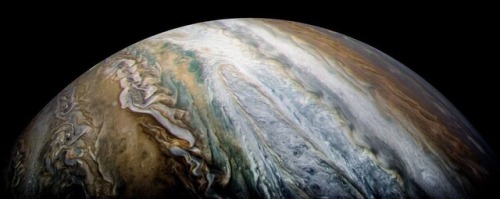
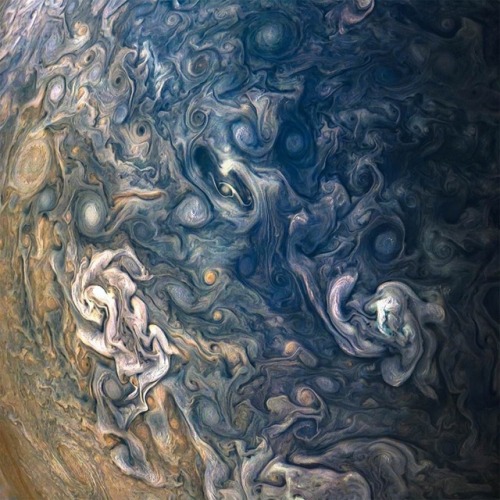
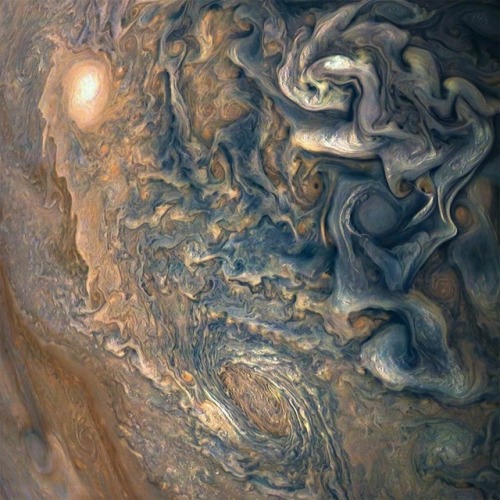
watery types can be people who notice everything but say nothing #cancer #scorpio #pisces
“Spirituality has a lot to do with being connected to nature, and being connected to nature has a lot to do with simplicity. So call me ‘simplistic’ if you wish, but I will still make this simple statement: If humanity were spiritual they would love nature, and they would do everything humanly possible not do destroy any of it.”
— Sereno Sky, the “Lonely Traveller” novels (via hippieseurope)



My gorgeous Amethyst & Citrine points.

a list of [just a few] different types of astrology
Astrocartography – The astrology of place. It examines how people respond to the various energies available to them across the globe. Astrologers that practice this type of astrology help others find spots where they can better engage with specific themes in their lives by examining a special type of astrological map.
Chinese Astrology – A group of traditions that arose independent of those in the west with their own mythos, techniques, and philosophy that bloomed throughout the long history of Chinese cultures.
Cosmobiology – A school of astrology credited with popularization by German astrologer Reinhold Ebertin that is related to the Hamburg School of Astrology. There is a primary emphasis on mid-points and 8th Harmonic aspects, and the significant expansion of medical astrological principals.
Egyptian Astrology – A retrospective school of astrology that uses the rich Egyptian mythos to examine Zodiacal relationships. This should not be confused with the type of astrology practiced in ancient Egypt from roughly 2000BC-100BC that served as a foundational precursor to the Hellenistic tradition, since the concept of the Zodiac was developed elsewhere.
Electional Astrology – Also known as Inceptional Astrology, this branch of the tradition is focused on finding the best time to start new projects so that they meet with the greatest success and abundance.
Esoteric Astrology – The types of astrology that examine spiritual principals and seek to build corpus knowledge of esoteric ideologies by examining the mundane motion of the planets and stars as well as their hidden relationships.
Evolutionary Astrology – Astrology that focuses on the supposed evolutionary path of the soul. It is used to foster individual growth and spiritual expansion in accordance with many new age principals.
Financial Astrology – Astrology that examines financial markets and their timing according to transits in order to forecast market changes. This branch of astrology also examines natal potential for money making, as well as uses astrology as a tool for discourse about global economic trends.
Hellenistic Astrology – The type of astrology practiced in the Mediterranean from roughly 100BC to 600BC that reached its height during the Roman Empire. It is the first western system to incorporate the 4 fold system of astrology that became the foundation of all later practices.
Horary Astrology – Divinatory astrology that examines the moment in which a question is understood by an astrologer in order to find an answer for the querent.
Jyotish – Commonly conflated with Vedic Astrology, Jyotish is the main form of astrology practiced in the Indian subcontinent in the modern era. It represents a hybrid of indigenous Indian astrology with Hellenistic techniques. This type of astrology is sidereal, or constellation based.
Magi Astrology – A secretive form of astrology that examines relationships and their timing according to a different set of astrological standards.
Mayan Astrology – The tradition of astrology practiced in the Mayan culture that arose independently of western influence and ideology.
Medical Astrology – Astrology that examines the relationship of the human body with the alignment of the cosmos. Used to forecast and diagnose predispositions to certain health issues, as well as provide recommendations for greater over all health and wellness according to the natal potential.
Modern Astrology – The various forms of astrology that have been practiced since its revival in the late 1800’s. There has been a marked increase in the importance placed on the Sun sign, and a focus on the psychological potentials indicated by the natal chart.
Mundane Astrology – The astrology of large groups of people and their interactions. Transits are examined in order to explain and forecast global trends and events.
Natal Astrology – Astrology centered on the natal chart of individuals. In the modern era this is the most widely used form of astrology.
Psychological Astrology – The examination of the natal chart as a set of psychological predispositions. Based on this foundational premise the astrologer can help guide and counsel the native with traditional psychological techniques.
Rectification – An extraordinarily advanced astrological technique that examines the events of a native’s life and works backward in order to produce a time of birth for those that do not possess it. A time consuming and expensive process that is a necessary precursor for all advanced forms of astrological work.
Relocational Astrology – The supposition that natal capabilities are amenable to the influences of locality. Examines the shift of potential that a native faces when living in different areas.
Synastry – The astrology of relationships. Two charts are examined concurrently in order to reveal themes and potentials that may be present as the relationship progresses.
Traditional Astrology – The various forms and traditions of astrology that were practiced during the almost 3000 years of its history prior to astrology’s revival in the late 1800’s. There is a marked focus on mundane astrology and examining the lives of natives from a deterministic standpoint.
Transit Astrology – The examination of the current or future positions of the planets in relation to a natal chart order to see the themes that are currently active in a native’s life, as well as forecast future trends and events.
Uranian Astrology – Another branch that is related to the Hamburg School of Astrology that focuses on midpoints and uses theoretical planets as part of it’s arsenal of techniques. It is sometimes said to be the true successor of the Hamburg legacy.
Vedic Astrology – The indigenous forms of astrology of the Indian subcontinent that arose independent of those of the west. There is a distinct lunar focus (as there are with many of the oldest forms of astrology). This system was eventually merged with ancient Hellenistic techniques in order to form what is now known as Jyotish.
Vocational Astrology – A specialized form of astrology that examines the inherent potential within a natal chart in order to recommend potential career paths for a native and help them navigate their professional life.
Weather Forecasting Astrology – The type of astrology that is most popularly used in almanacs. More advanced techniques and philosophies in use by astrologers range from every day forecasting to major climate prediction.
Sun and the moon, what is conscious verses what is subconscious. The sun serves the ego and the moon serves your emotional response. Your emotional response is tied to the subconscious and all throughout the day whatever we see or experience sits in our subconscious. The ego is what’s on the surface. The moon is extremely important, and it’s needs are imperative to navigating your souls purpose. So you need to nourish your moon, you need to comfort it, you have to be aware of what it needs. The moon is also your guide, as it’s the transition from your south node to your north node. 🌿
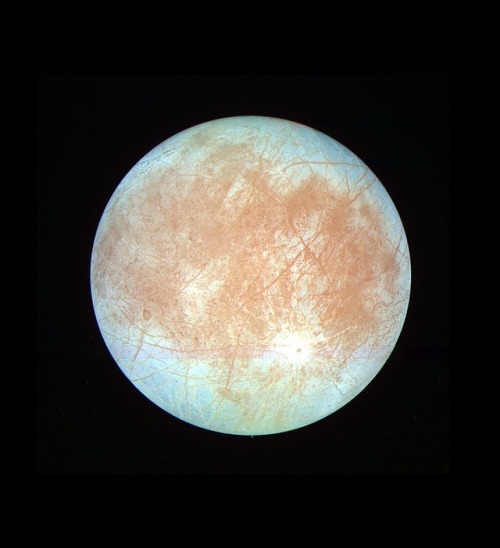
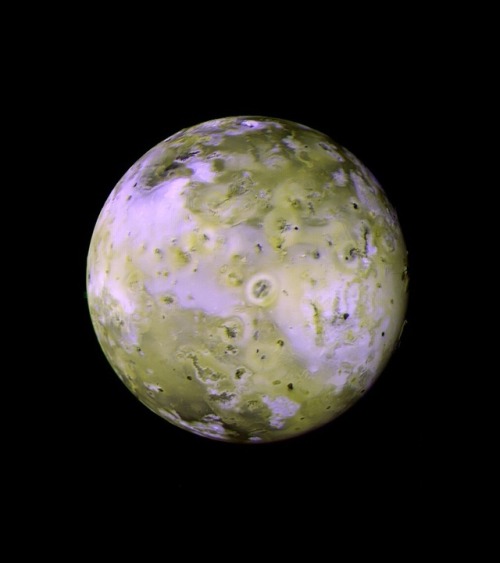
Europa & Io
Image Credit: NASA/JPL/Processed by Kevin M. Gill
goddesses for the signs
Aries: Pele - Hawaiian volcano goddess. Is both creator and destroyer of land // Ishtar - Mesopotamian Goddess of sexual love, fertility, and war
Taurus: Flora - Roman Goddess of flowers // Inanna - Sumerian Goddess of sexual love, fertility, and warfare
Gemini: Baubo - Greek Goddess of mirth, jests, and bawdy humour // Saraswati - Hindu Goddess of Knowledge, the Arts, Mathematics, Education, and cosmic Wisdom
Cancer: Yemaya - Yoruban Mother Goddess, Goddess of the Ocean // Artemis/Diana - Greek/Roman Goddess of the hunt, virginity, and childbirth. Associated with the moon
Leo: Amaterasu - Japanese sun Goddess // Kuan Yin - Chinese Goddess of Mercy and Compassion
Virgo: Brighid - Celtic Goddess of poetry, healing, and crafts // Sophia - Greek Goddess of wisdom
Libra: Lalita - Hindu goddess of beauty. Name means beautiful, playful, beloved // Ma'at - Egyptian Goddess, personified concept of truth, balance, justice, and order
Scorpio: Hectate - Greek Goddess of witchcraft and magick, crossroads, and the harvest moon // Eos - Greek Goddess of the dawn
Sagittarius: Cerridwen - Celtic Goddess of transformation // Tara - Hindu, Mother Goddess, the absolute, unquenchable hunger that propels all life.
Capricorn: Cybele - Greek Earth Mother // Fortuna - Roman Goddess of fortune
Aquarius: Athena - Greek Goddess of wisdom, defensive and strategic wars // Isis - Egyptian Mother Goddess, matron of nature and magick, Goddess of creativity and the underdog
Pisces: Hestia - Greek Goddess of the hearth and domestic life // Maya - Hindu Goddess of Illusion and Mystery
-
 princess-lyubova liked this · 4 months ago
princess-lyubova liked this · 4 months ago -
 cya666 liked this · 1 year ago
cya666 liked this · 1 year ago -
 kannoaya liked this · 2 years ago
kannoaya liked this · 2 years ago -
 wolves-r-watching liked this · 2 years ago
wolves-r-watching liked this · 2 years ago -
 cardofrage liked this · 2 years ago
cardofrage liked this · 2 years ago -
 andreutauro reblogged this · 3 years ago
andreutauro reblogged this · 3 years ago -
 yammaye liked this · 3 years ago
yammaye liked this · 3 years ago -
 darcythelunatic liked this · 3 years ago
darcythelunatic liked this · 3 years ago -
 scientificalparadox reblogged this · 3 years ago
scientificalparadox reblogged this · 3 years ago -
 sidusglacies reblogged this · 3 years ago
sidusglacies reblogged this · 3 years ago -
 mecca-mocca-tobacco liked this · 4 years ago
mecca-mocca-tobacco liked this · 4 years ago


